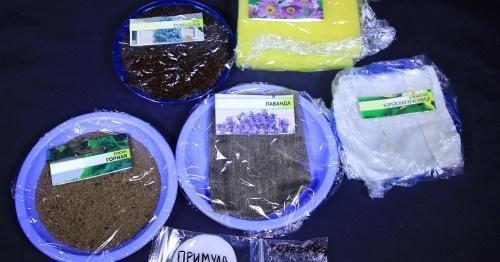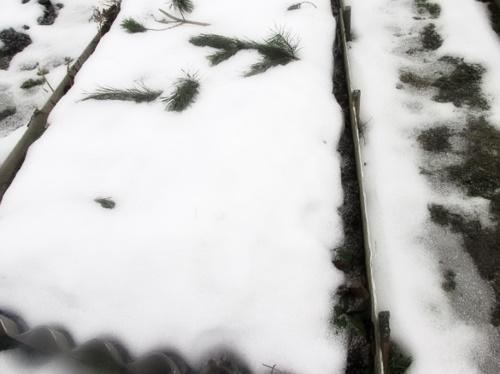How to stratify seeds: ways and methods
 Under natural conditions, the seeds of many crops, once in the soil in autumn, undergo natural stratification, that is, "hibernation" at low temperatures. Frost and wet conditions weaken the seed coat, making it more fragile. Such seeds sprout earlier and more amicably in the spring. It is not difficult to reproduce the natural conditions of stratification at home, taking into account the needs of various plant species. The methods of how to stratify the seeds differ from what culture they belong to.
Under natural conditions, the seeds of many crops, once in the soil in autumn, undergo natural stratification, that is, "hibernation" at low temperatures. Frost and wet conditions weaken the seed coat, making it more fragile. Such seeds sprout earlier and more amicably in the spring. It is not difficult to reproduce the natural conditions of stratification at home, taking into account the needs of various plant species. The methods of how to stratify the seeds differ from what culture they belong to.
There are several methods of stratification:
- cold;
- warm;
- combined.
In addition, depending on the method of its implementation, stratification is divided into wet and dry. If the seeds are pre-moistened or kept in moist material, this is the first option. Dry stratification means mixing dry seeds with dry soil and overwintering them in the garden.

Cold seed stratification
This method is used when growing from seeds of perennials, pome and stone fruit crops and some types of flowers and vegetables. The bottom line is that the moistened seeds are sent to ripen at a positive, but low, temperature.
Cold stratification can be accomplished in two ways:
- Sowing in the winter. You can plant seeds either directly in the beds or in containers, which are then left in the garden and covered. There, under the snow cover, the seeds will undergo natural cooling. This is how irises and hazel grouses are planted.

- Artificial cooling in a refrigerator or basement. The pre-soaked seeds are mixed with wet sand or coconut substrate and placed in the refrigerator. Small seeds are wrapped in a damp cloth and placed in a bag. Cooling times are plant specific. For lavender a month is enough, but a blue spruce should be kept up to 3 months.

Warm seed stratification
For crops in which the embryos in the seeds are underdeveloped, warm stratification is used. Prerequisites for such a procedure are high humidity, good lighting and a temperature of at least 18 ° C (for some plants - 25 ° C) heat. Most often, the planting material is placed between two layers of a damp sponge or cloth. In this form, they are placed in a greenhouse or covered with foil and left on the south window.
Vegetable crops and some flowers (lumbago) and horticultural crops (lemongrass) are subjected to heat stratification.
How to stratify seeds in a combined way?
There are crops that germinate reluctantly and take a long time as a result of a too thick shell. They need to alternate between exposure to cold and heat, or vice versa. For example, gentian is first kept for a month in a moist substrate in the warmth, then for the same amount of time in the refrigerator. Perennial horticultural crops require longer preparation. The apricot, plum and viburnum are kept warm for 4 months and another 6 months in the cellar.
Some crops need cooling first, and only then heating, for example, gentian.